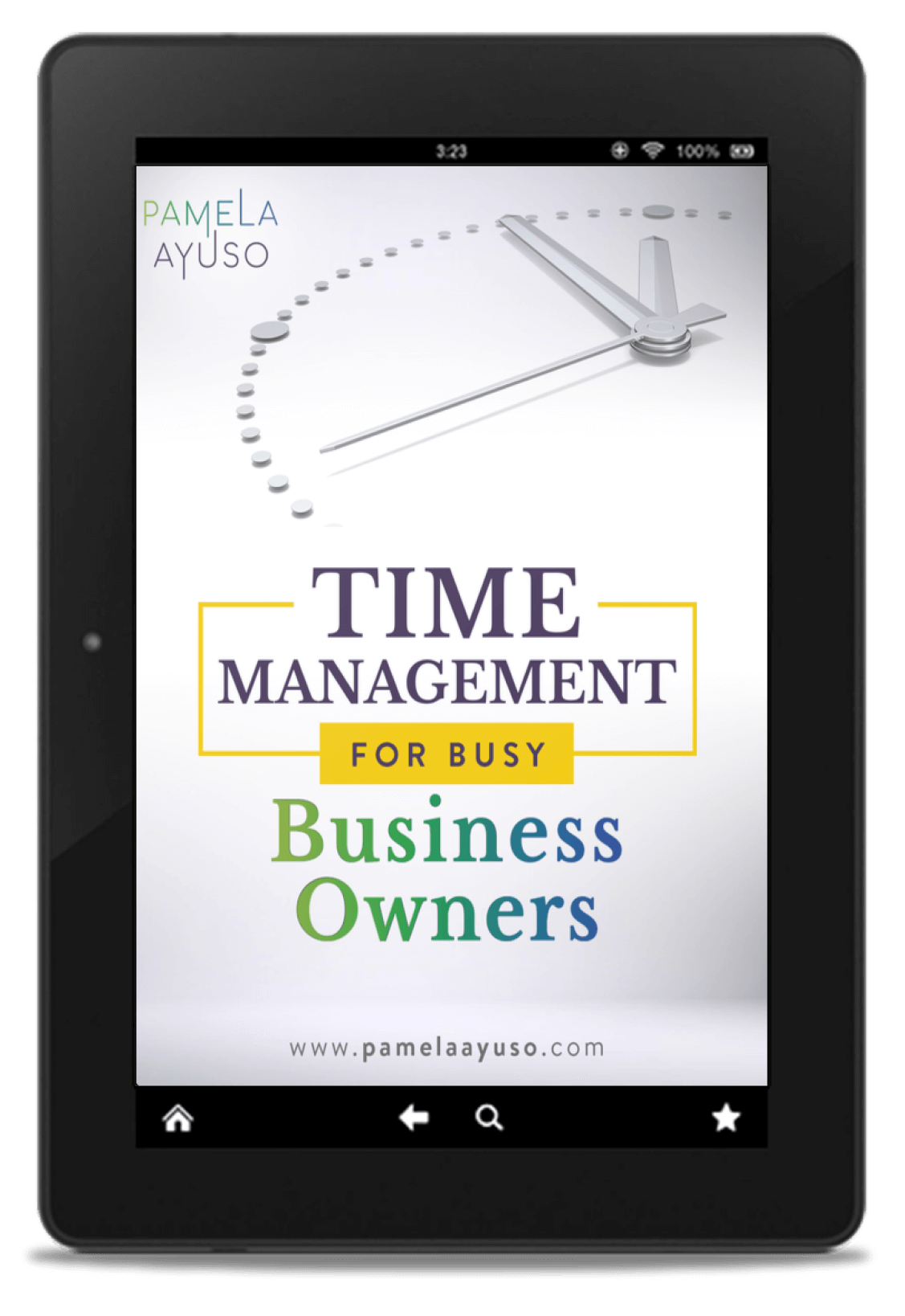Professionals have an enormous amount of work on their plates at all times, and it can be difficult to manage. As soon as progress has been made, three more important things are added. The to-do list has become its own monster.
The key is to take control, so your to-do list works for you, not vice versa. This will free your mind of worries and distractions, leaving you present and focused on the day ahead.
Luckily, there are some strategies that will keep you organized and on track for success.
![[Photo: Alvaro Serrano/Unslplash]](https://www.pamelaayuso.com/wp-content/uploads/2021/01/20171205-It27sTimetoMasterYourTo-DoList_02.jpg)
[Photo: Alvaro Serrano/Unslplash]
Set up Your To-Do List at the Beginning of the Day
When work starts in the morning, the priority is organizing your to-do list. Here are some ways you can improve how you set up your tasks at work.
-
The first step is to view the list and prioritize what needs to get done. Everything may seem important; however, some items are more critical and time-sensitive than others. For example, you may need to call a client in the morning, which could make the difference between a big sale or losing to a competitor. These tasks should be on the list and physically moved to the top of your to-do list.
-
Next, focus on recurring items. These are processes that must be done that day. Usually, it’s because others depend on them, or they can’t be put off. For instance, if you approve expenses on Tuesdays so that checks can be printed out the next day, approvals MUST go out on Tuesday. Another example would be payroll. Any task that is part of a larger business process belongs in this category. Move these below the critical items.
-
Remove items that shouldn’t be on your to-do list. Look at the tasks that may have been important at one point or may have seemed to be a good idea but should no longer be on your to-do list. Be honest with yourself and eliminate them. They will only waste time and energy.
-
Move items that cannot realistically be completed that day. Determine and calculate the amount of time it will take to complete the day’s to-do list. When you find items that cannot be done on that day, move them to the day you believe you can work on them. This allows you to focus on what truly matters. By no means should this be mistaken as procrastination. Define when they can be completed and place them at that date on your calendar. The idea is to make sure each item is scheduled for the day when it can truly be completed.
Place items at specific times of the day where they are more likely to get done as a means of achieving further effectiveness. I’ve discovered writing this blog is easier when done earlier in the morning due to the freshness of my mind. If I wait for the end of the day, it simply won’t get done and will be rescheduled for the next day.
The advantage of this scheduling approach is that everything that is important will get done, if not today, then at the nearest possible date. Using an app to manage your to-do list will prevent you from losing the task or forgetting about it when you reschedule. The task will show up again, leaving you to deal with it when space becomes available.
![[Photo: Ru Recovery Ministries/Unsplash]](https://www.pamelaayuso.com/wp-content/uploads/2021/01/20171205-It27sTimetoMasterYourTo-DoList_01.jpg)
[Photo: Ru Recovery Ministries/Unsplash]
How to Work Through the List During the Day
Follow your morning assessment by starting with the most important item. Be warned, it may be tempting to work on an easier task scheduled further down the line. Don’t give into this temptation.
You will probably also have interruptions, or in some cases, an emergency may occur that will throw everything off balance. At this point, reassess and move whatever cannot be completed to a place where it can be done. Finally, step back and reprioritize according to the changed circumstances.
Practice Makes Perfect
Your daily agenda will become more realistic with practice. At the beginning of each day, you’ll have a better sense of what can and can’t get done. This same knowledge will help you assess if you’re falling behind and help you recalibrate throughout the day. As you develop more control over your daily activities, you’ll be able to create a customized guide to help you focus on what matters the most.
This post was originally published in 2017 and has since been updated and recirculated for 2022.



